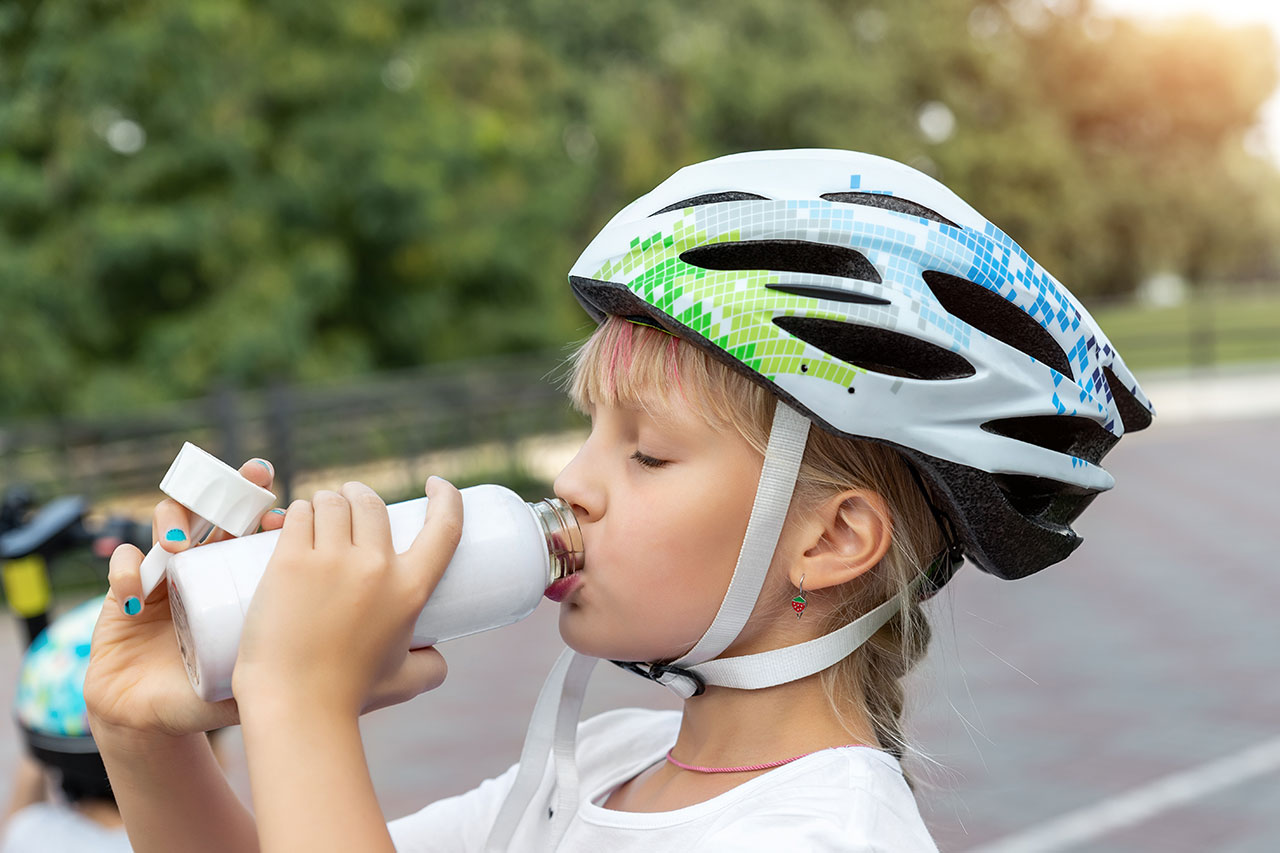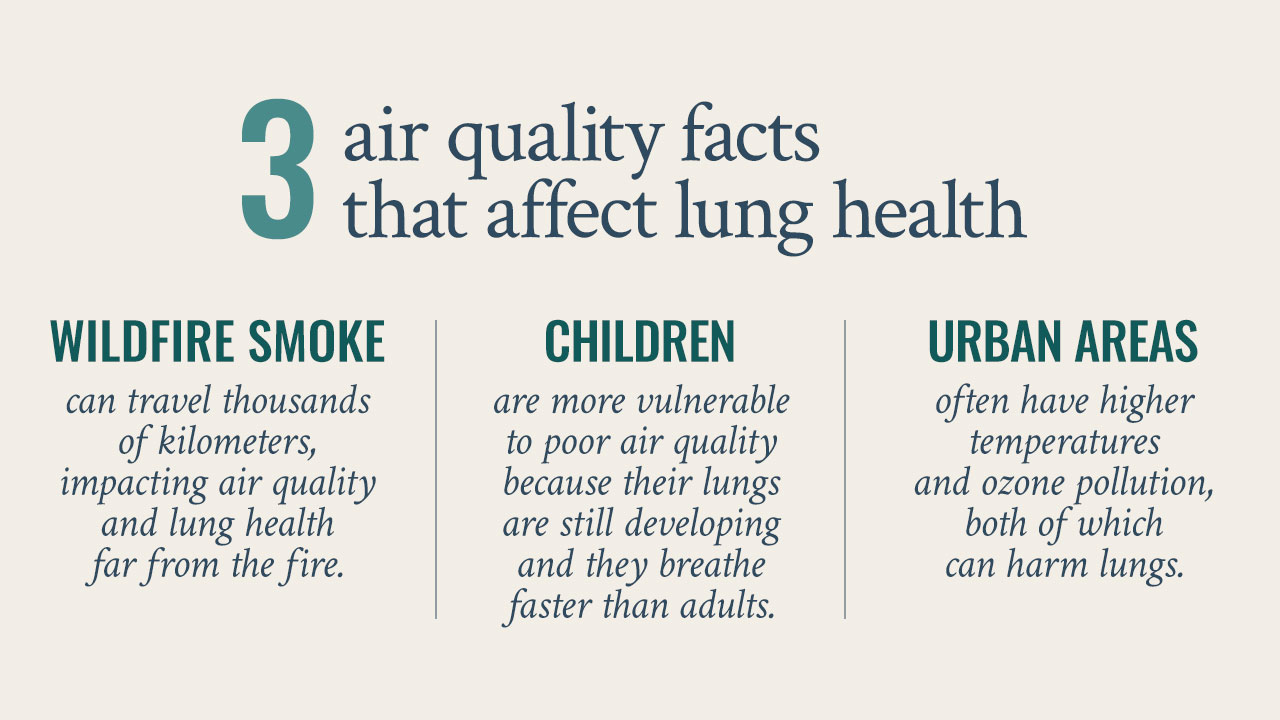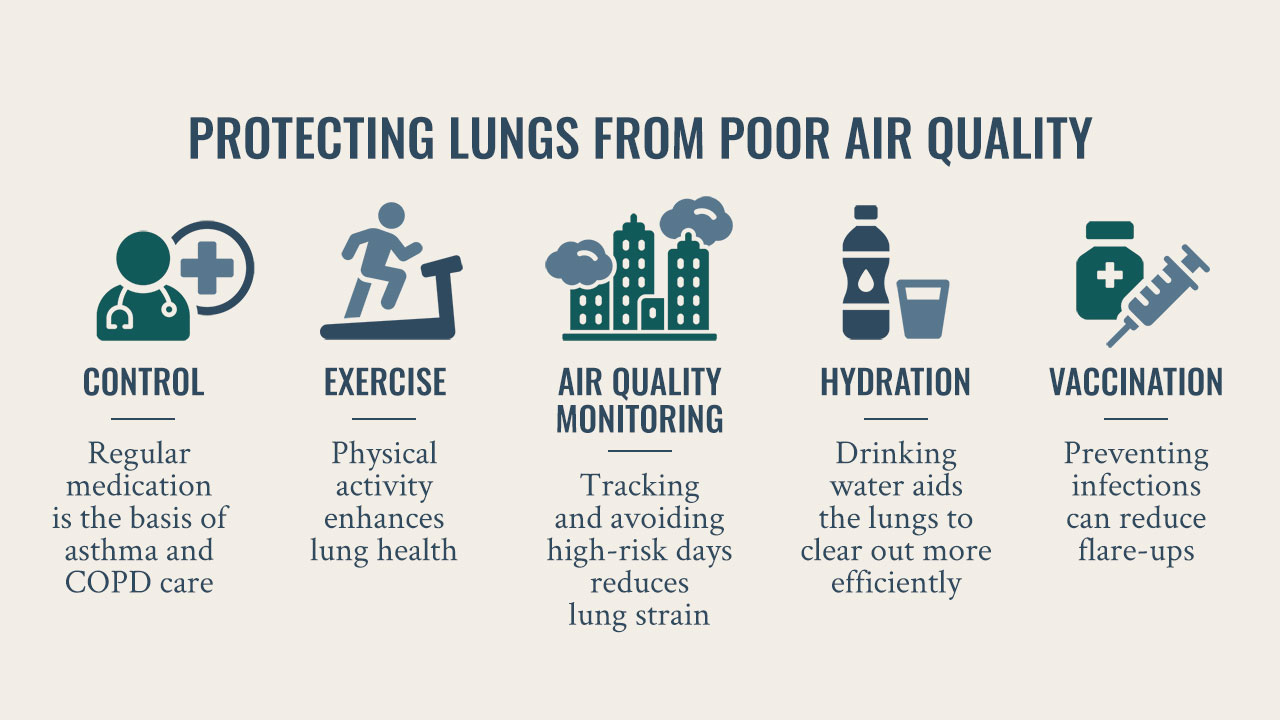Getting prepared for heat waves and poor air quality with asthma and COPD
COPD | 30 April 2025
The air we breathe is the foundation of our health – as those with lung issues especially well know. When the air is filled with triggers and pollutants – like pollen, dust, smoke, or emissions – it will have a direct impact on lungs and breathing. Poor air quality impacts everyone, but especially people with respiratory diseases such as asthma or COPD.1 Children, elderly, and those with weakened immune systems are also more affected.

Dr. Kai-Michael Beeh is a pulmonologist and founder of the insaf Respiratory Research Institute.
“Vulnerability to poor air quality is not evenly distributed. It particularly affects the youngest, whose lungs are still developing, and the elderly, whose immune system weakens with age,” says Dr. Kai-Michael Beeh, a pulmonologist and founder of the insaf Respiratory Research Institute in Taunusstein, Germany.
Poor air quality can make existing breathing problems worse, leading to more coughing, wheezing, or even serious lung infections. As climate change brings more heatwaves, wildfires, and extreme weather, also air quality is becoming increasingly unstable.

Breathing under the heat
Dr. Beeh explains that poor air quality and heat go hand in hand – and together, they pose a serious threat to people with respiratory conditions. Rising temperatures can increase ground-level ozone pollution, and wildfires release harmful smoke and fine particles into the air2.
“Heat is interconnected with poor air quality, and it is probably the greatest or most imminent problem linked to global warming for patients with respiratory disease. With rising temperatures and more extreme heat waves, we’re already feeling the effects of climate change,” Dr. Beeh says.
Dr. Beeh highlights a clear link between poor air quality, extreme heat, and lung infections. He points out that regions affected by severe pollution, droughts, and wildfires tend to experience higher rates of respiratory illnesses3,4,5, particularly among young children, the elderly, and those with existing conditions. This is caused by a combination of high temperatures, airborne allergens, and dust or increased mould spores caused by humidity.

Know the air you breathe – monitoring air quality and your lungs
“Patients often ask about their personal risk. I advise them to monitor the local air quality and observe and identify what triggers their breathing problems,” Dr. Beeh says.
Pollutants like ozone, fine particles, and nitrous oxide, can affect air quality and respiratory health, exacerbating symptoms6. In addition, acute climate-driven events – like wildfire smoke – can send microscopic particulate matter (PM) into the air. Air pollution is often higher in urban areas due to road traffic and industrial sites, but it can also be found in rural areas from farming and elevated ozone levels.
Many cities monitor air quality throughout the day. Dr. Beeh recommends checking these updates regularly to see if there’s a connection between your symptoms and pollution. It can also be helpful to use an app to track air quality in your area and get real-time updates. He suggests doing a peak flow test regularly to monitor asthma symptoms and keeping a diary of the measurements to share with your doctor, helping them adjust medication if needed.
While air quality monitors provide useful information, Dr. Beeh highlights that the best preparation is ensuring asthma or COPD is well-controlled with medication.
“Everybody with asthma should be on regular medication because it’s an inflammatory disease that requires long-term control. If you have a controlled asthma, you’re less likely to be affected by poor air quality.”

Lowering your risk from heat and pollution
Taking care of overall wellbeing is key to managing respiratory conditions. “Physical activity is crucial for lung health. It’s one of the simplest and most effective ways to improve health globally,” Dr. Beeh says.
On high-risk days with poor air quality, Dr. Beeh advises moving exercise indoors or exercising early in the morning, before the heat and pollutants rise. Blowing dust can also strain the lungs on hot days, increasing the risk of respiratory infections like pneumonia. Staying hydrated helps counteract the dryness, but the danger is especially high for the elderly during prolonged heat waves.
“The lungs' cleansing mechanisms don't work as well in hot, low-humidity conditions,” Dr. Beeh explains.
For those with COPD, Dr. Beeh advises staying cool and drinking plenty of water. Children, too, need to stay hydrated, as they spend more time outdoors and are often more active than adults.
Dr. Beeh also recommends keeping vaccinations up to date, as viruses can worsen respiratory conditions, particularly for those with weakened immune systems. “COVID-19, RSV, flu, and pneumococcal shots are all important.”
As temperatures rise and climate-driven events become more frequent, having a plan to manage heat and poor air quality is crucial for controlling respiratory illnesses. Monitoring air quality, along with weather and lung symptoms, helps protect lung health and stay healthy even during the extreme weather events.
Dr. Kai-Michael Beeh is a distinguished German internist and pulmonologist, founder and director of the insaf Institute for Respiratory Research. A leading expert in respiratory research, Dr. Beeh has authored numerous scientific publications and is well-known for his book The Breathtaking World of the Lung, a popular science book on respiratory health.
REFERENCES
- D’Amato, G., Cecchi, L., et al. Climate change and respiratory disease. Eur Respir Rev. 2014;23(132):161-169. https://doi.org/10.1183/09059180.00001714
- Noah, T.L., Worden, C.P., Rebuli, M.E., & Jaspers, I. The effects of wildfire smoke on asthma and allergy. Curr Allergy Asthma Rep. 2023;23(7):375-387. https://doi.org/10.1007/s11882-023-01090-1
- Achebak et al.: Ambient temperature and seasonal variation in inpatient mortality from respiratory diseases: a retrospective observational study. Lancet Regional Health - Europe 2023;35: 100757.
- Monoson et al.: Air pollution and respiratory infections: the past, present, and future. Toxicol Sci. 2023 Jan 9;192(1):3–14. doi: 10.1093/toxsci/kfad003
- Weheba et al.: Respiratory Diseases Associated With Wildfire Exposure in Outdoor Workers. The Journal of Allergy and Clinical Immunology: In PracticeVolume 12, Issue 8, August 2024, Pages 1989-1996.
- Health Effects Institute. State of global air report. State of Global Air Report. 2024;8. https://www.stateofglobalair.org/resources/report/state-global-air-report-2024
By Courtney Tenz
CORP-RESP-2008
Orion Corporation is a globally operating Finnish pharmaceutical company. We develop, manufacture and market human and veterinary pharmaceuticals and active pharmaceutical ingredients. The dry powder inhaler developed at Orion is in the core of our respiratory therapy area.

